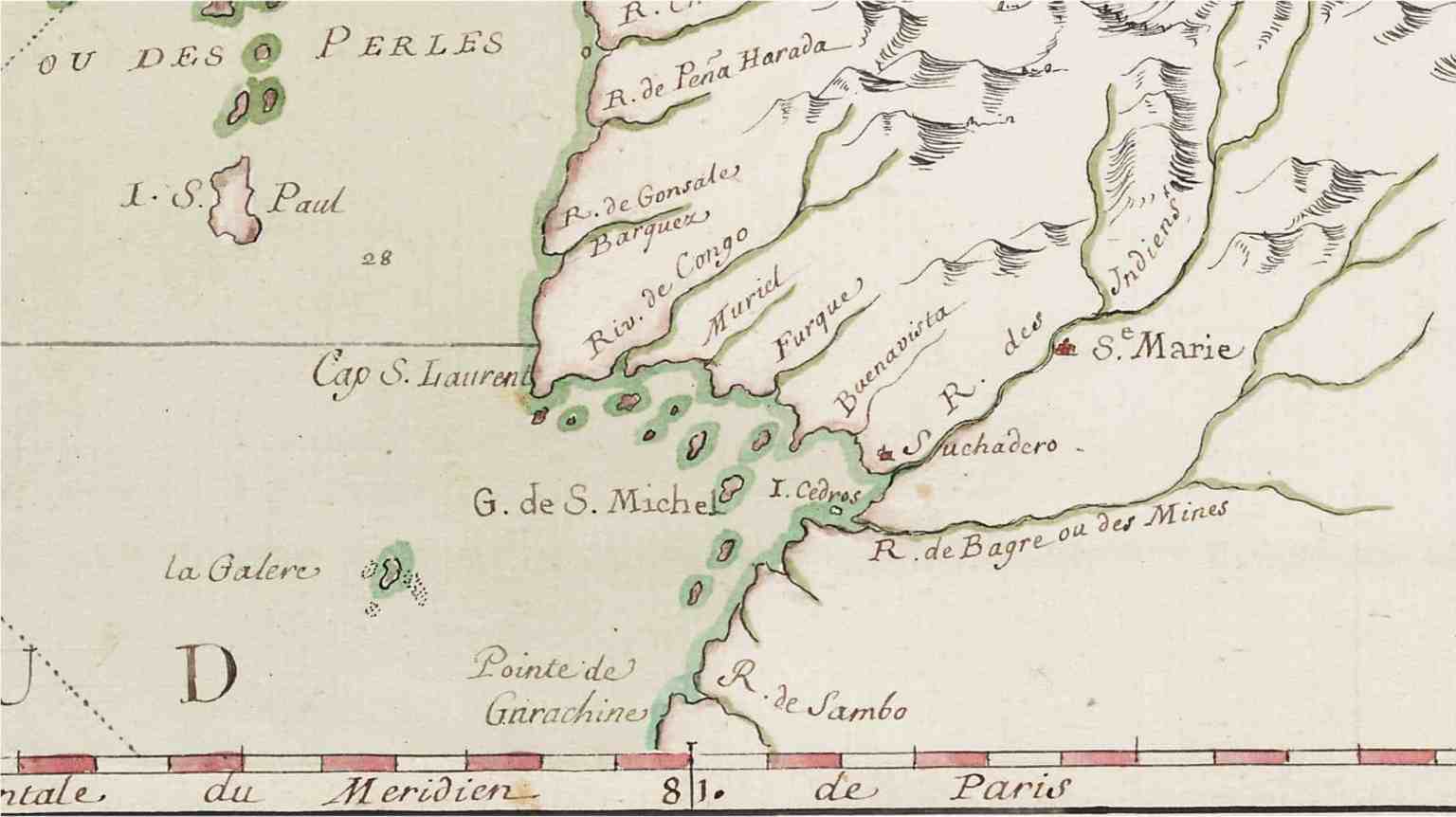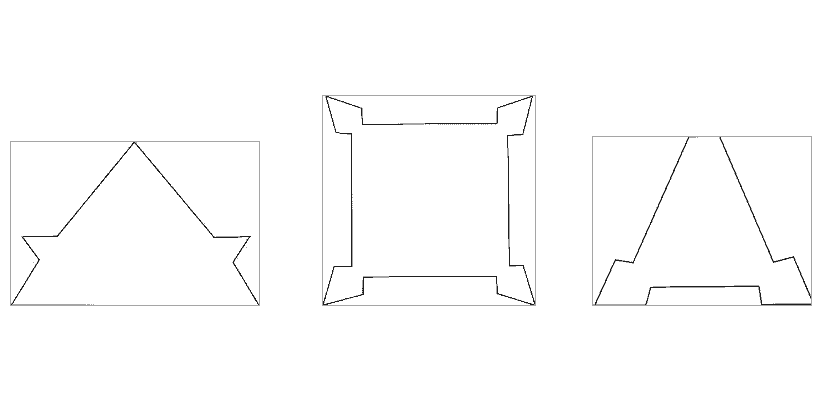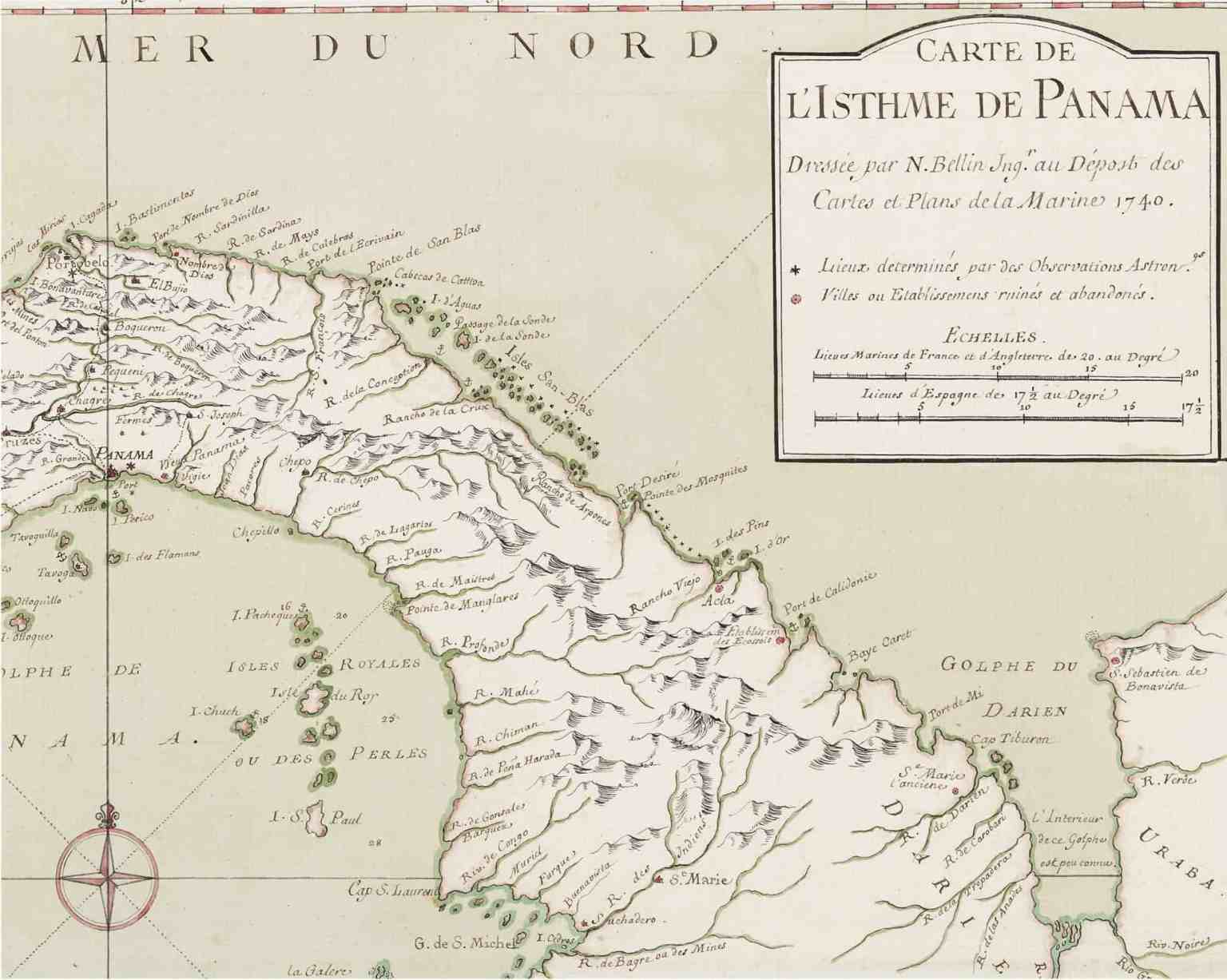THE FIRST SOUTH SEA ADVENTURE: El Real de Santa Maria
Description: El Real de Santa Maria is little more than a stockade fort next to a small village of thatched houses built of cane on the upper reaches of the Rio de Santa Maria, which discharges into the eastern side of the Bay of Panama. It’s purpose is nothing more than “partly for a Garison and Magazine of Provision, and partly for Quarters of Refreshment, and a retiring Place for their Workmen in the Gold River.” Basil Ringrose is more blunt in his description: “the place being chiefly a garrison designed to keep in subjection the Indians, who bear a mortal hatred towards, and are often apt to rebel against, the Spaniards.”
Here gold “washed”—panned—from nearby rivers by the Darien (Cuna), and by slaves forced to do so by their Spanish masters, is collected. It may also be the likely collection point of any gold extracted so far from the newly discovered gold mines of Santa Cruz de Cana.
However, a separate town and stockade will soon be built at Cana.

Scenario: Encouraged by their Cuna allies, the buccaneers who land at the Isthmus of Darien make their way by land and river to El Real de Santa Maria to enrich themselves with gold dust en route to Panama and the South Sea. The Cuna have a double motive: revenge and the rescue or recovery of the King of Darien’s oldest daughter.
Forces: The buccaneer force numbers 327 (or 332) buccaneers, including at least three Miskito strikers, and 50 Cuna as guides, in 68 canoes. But only part of the forlorn under Capt. Richard Sawkins will make the actual assault on the palisade fort, slightly less than fifty men. The rest will not make it to Santa Maria until the fight is over, and, lacking firearms, the Cuna allies hold back under cover.
The buccaneers carry their usual armament: musket (many probably buccaneer guns), pistol or two, cutlass, and cartouche box with thirty cartridges. Given the length of the expedition, some buccaneers may carry a second cartouche box, as French flibustiers were noted as doing at the sack of Veracruz and surely elsewhere. Cuna warriors are probably armed as others at the time describe: two lances, two bows, and about twenty arrows.
The Spanish keep a garrison of two hundred regulars at Santa Maria, probably rotated out of Panama. The garrison is likely kept at full strength only during the busiest part of the year, after flood waters have washed more gold into the rivers. There is no mention of mounted forces, although some officers might have horses. Almost certainly the force is composed of Spanish infantry armed with mosquetes and arcabuses. The Spanish garrison is augmented by Native American allies armed with bows and arrows, and lances. In the palisade fort during the battle are 260 armed men, suggesting at least sixty are Native Americans, probably more. Another two hundred men are absent, carrying and escorting gold from the rivers to Santa Maria, possibly from the Cana mine as well, and augmenting the guard aboard two barks ferrying gold to Panama.
The “large” stockade fort, its palisades twelve feet high, is probably laid out similarly to one of the drawings below, typical of Spanish stockade and palisade forts at the time. There may or may not be actual bastions—in some cases, stockade forts are composed only of walls.
Buccaneer journals state that there are no “great guns”—carriage-mounted cannon—at the fort. If there are any swivels, they are mounted at the bastions, either on the wall or, as is shown in some Spanish plans, on timber mounts on the bastion decks. Often these palisade forts have small buildings within, some of which may be fortified. For example, a smaller palisade redoubt within the larger.

Historical Action: On the morning of April 15, 1680, the buccaneers wake to hear a small arm discharged and a drum beat à travailler—the typical morning routine of a garrison, indicating the Spanish do not expect an attack. As the buccaneers approach Santa Maria and are espyed, the Spanish defenders take up positions in the stockade fort and open fire. Roughly fifty buccaneers led by Capt. Sawkins return fire for half an hour until Sawkins leads two or three buccaneers and “by maine force” pull up two or three palisades. The buccaneers charge into the fort and the defenders immediately ask for good quarter.

The buccaneers claim to have killed seventy men, probably a combination of soldiers and Native American allies. Basil Ringrose lists twenty-six Spaniards killed and sixteen wounded, with as many put to death in the aftermath by their Cuna allies out of revenge. No buccaneers are killed in the assault, and only two wounded: Capt. Sawkins was wounded in the head by an arrow, and another buccaneer in the hand by an arrow.
There is little plunder had, for two barks have carried away four chests of gold dust, some three hundred pounds, four days before, and the local governor, along with two slaves and two women, had escaped with what he could by canoe, intending to warn Panama. Basil Ringrose states that the priest and other chief officers escape as well. Edward Povey describes the plunder as “some church plate, as is reported, was found, some dust golde in callabasses, some wines and brandy, Jerke porke, good store of bread.”
The buccaneers also “find and redeem the eldest daughter of the King of Darien” who has been kidnapped and raped by a Spanish soldier. She is pregnant by the soldier. The Cuna are furious, and kill as many Spanish as they can until they are stopped by the buccaneers. There is no record of what happened to the kidnapper. On April 17 the buccaneers depart.
